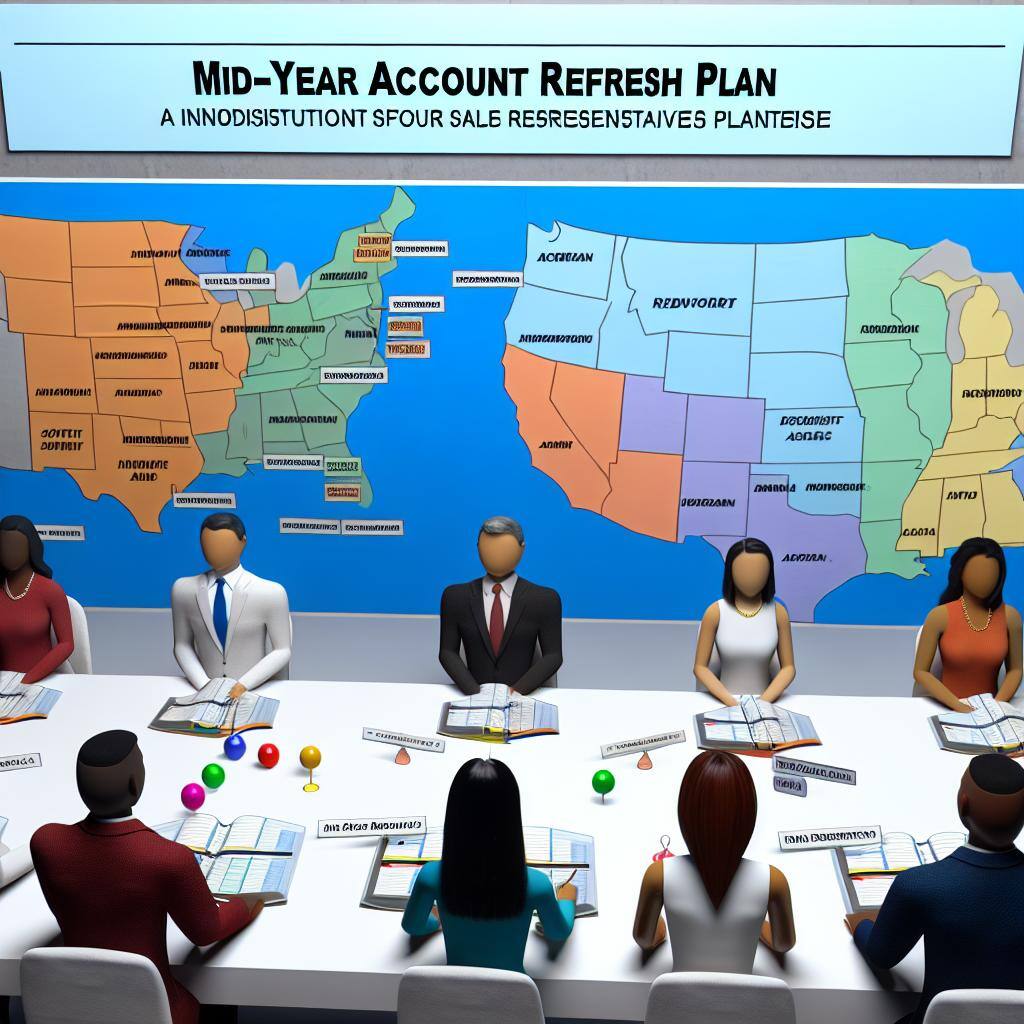Considering vertical segmentation in 2025? Here's why you shouldn’t:
1️⃣ Messy
Unequal TAMs and SOMs lead to uneven comp plans and convoluted territory carves. Every horizontal org considering verticals has a couple core verticals where they're mature and some new verticals they want to break into. Those require different investments and have different outcomes. The compromises pile up.
2️⃣ Risky
We tend to only see the upside of specialized seller knowledge. But there’s a downside. Your expert seller with the network walks out the door? That vertical’s dead for the next 6-12 months.
3️⃣ Fragmented
True verticalization demands unique GTM efforts. Are you ready for distinct ICPs, personas, demand gen, product marketing, case studies, enablement and sales processes? Most orgs aren’t—they just want a rep to “speak the language”.[1]
I met a company yesterday where verticalization is a good fit. Half century old, big customer base, super specialized products and a will to put enough structure across the GTM org to see it all the way through.
You probably aren’t like that.
Unless you have crystal-clear vertical-specific sales differences and the structure to support them, just don’t do it. Instead, focus on “light specialization”—vertical overlays, tailored case studies, vertical reference customers and focused team-wide plays.
You’ll always benefit from being hyper-relevant to your prospects, but don’t let it dictate your entire GTM motion.
--
[1] One reason I like Vertical SaaS is that all of this tension dissolves. You get the benefits of specialization with just one core GTM motion. More on that in the next issue of the Uncharted Territory newsletter.





